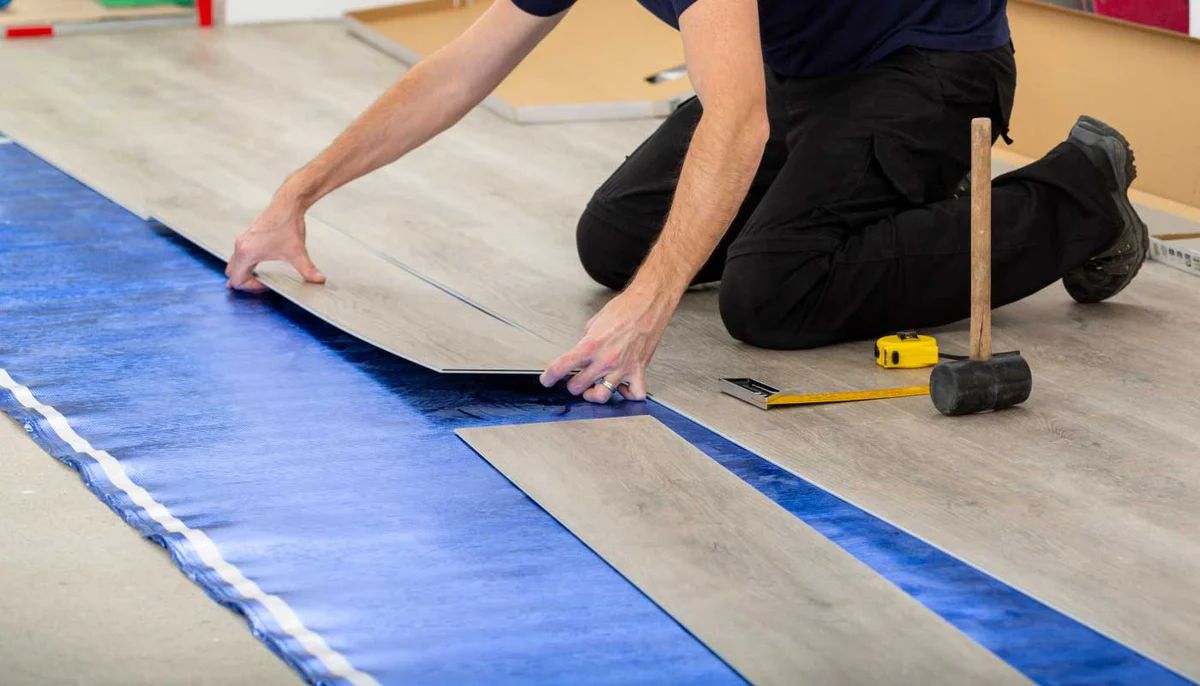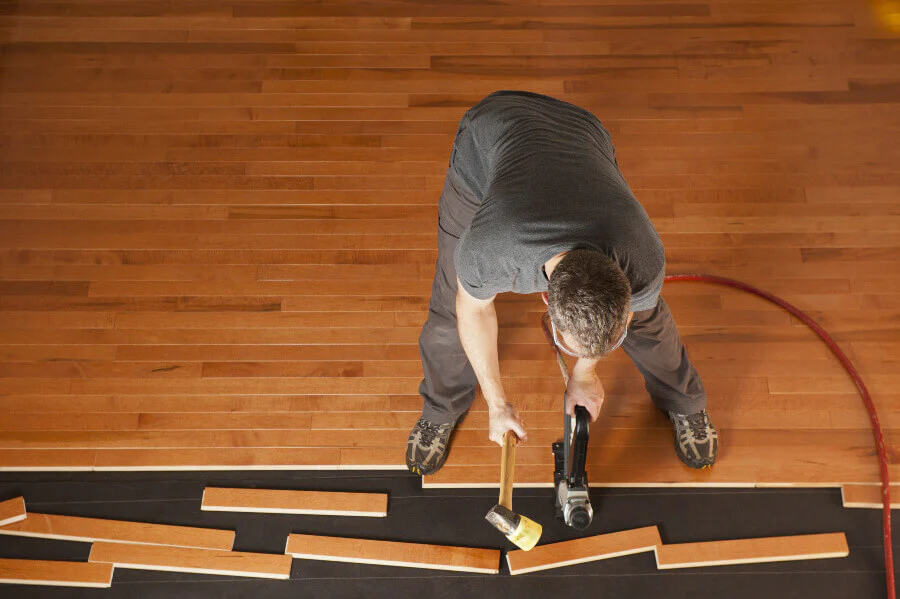When it comes to flooring installation, choosing the right underlayment for different flooring types is crucial for achieving the best results. Underlayment acts as a layer between your flooring and the subfloor, providing support, sound insulation, and moisture protection. In this article, we’ll discuss various types of underlayment suitable for different flooring materials, helping you make an informed decision.
Understanding Underlayment
Before we get into the specifics of underlayment for different flooring types, let’s first understand what underlayment is and why it’s important. Underlayment is typically made from materials such as foam, rubber, or felt, and it serves several purposes. It helps to absorb sound, provides cushioning, and prevents moisture from affecting your flooring. Selecting the right underlayment can significantly enhance the performance and longevity of your floors.

1. Underlayment for Hardwood Floors
When installing hardwood flooring, using a high-quality underlayment is essential. A good underlayment for hardwood floors should provide sound absorption and moisture protection. Cork underlayment is a popular choice because it offers excellent sound-dampening qualities and is eco-friendly. Another option is foam underlayment, which provides cushioning and is easy to install. However, make sure it is moisture-resistant to protect your hardwood from potential water damage.
2. Underlayment for Laminate Floors
Laminate flooring requires a specific type of underlayment to ensure stability and comfort. The best underlayment for laminate floors is typically foam or a combination of foam and moisture barrier. The foam helps to reduce noise and provides cushioning underfoot. It’s important to choose an underlayment with a vapor barrier if you’re installing laminate over a concrete subfloor, as it protects against moisture that can warp the laminate.
3. Underlayment for Vinyl Floors
When it comes to vinyl flooring, selecting the right underlayment is key for durability and comfort. For sheet vinyl or luxury vinyl plank (LVP), a thin foam underlayment is often sufficient. It helps with sound absorption and provides a soft feel underfoot. If you’re using vinyl tiles, a more rigid underlayment may be necessary to ensure the surface remains even. Always check the manufacturer’s recommendations for the best underlayment options to use with vinyl flooring.
4. Underlayment for Tile Floors
Tile flooring, especially ceramic and porcelain tiles, requires a sturdy underlayment for proper support. Cement board is one of the best underlayment choices for tile floors, providing a stable base that helps prevent cracking. Another option is uncoupling membrane, which allows for movement between the tile and the subfloor, reducing the risk of damage. When installing tile, it’s crucial to ensure that the underlayment is moisture-resistant, as water can lead to mold and mildew growth.
5. Underlayment for Carpet
When it comes to carpet installation, underlayment is often referred to as carpet padding. This padding provides cushioning and insulation, enhancing comfort while walking on the carpet. There are various types of carpet padding available, including foam, rubber, and fiber padding. The best underlayment for carpet should be thick enough to provide support but not so thick that it hinders the carpet’s ability to lay flat. Choosing the right padding can extend the life of your carpet and improve its overall feel.
6. Acoustic Underlayment for Soundproofing
If sound insulation is a primary concern, consider using acoustic underlayment. This type of underlayment is specifically designed to minimize sound transfer between floors, making it ideal for multi-level homes or apartments. Acoustic underlayment can be used with various flooring types, including hardwood, laminate, and vinyl. It often comes in thicker, denser materials, which help absorb sound better than standard underlayments.
7. Moisture Barrier Underlayment
In areas prone to moisture, such as basements or laundry rooms, a moisture barrier underlayment is essential. This type of underlayment provides an additional layer of protection against moisture that could damage your flooring. Many underlayments come with built-in moisture barriers, making them suitable for various flooring types, including laminate and vinyl. Be sure to check the specifications to ensure the underlayment meets your moisture protection needs.
8. Choosing the Right Thickness
When selecting underlayment for different flooring types, thickness plays a significant role in performance. Thicker underlayments generally provide better sound absorption and cushioning. However, they should also be compatible with the type of flooring being installed. Most manufacturers specify the ideal thickness for underlayment based on the flooring type, so always refer to these guidelines to ensure a successful installation.
9. Installation Considerations
Proper installation of underlayment is critical to its effectiveness. Make sure to follow the manufacturer’s instructions carefully. This often includes laying the underlayment in the opposite direction of the flooring, leaving no gaps between seams, and ensuring a smooth, flat surface. Taking the time to install the underlayment correctly will help you achieve the best results and prolong the life of your flooring.
10. Conclusion
Choosing the right underlayment for different flooring types is vital for the performance and comfort of your floors. By considering the specific requirements of each flooring material, you can select the best underlayment that provides sound insulation, moisture protection, and comfort underfoot. Whether you’re installing hardwood, laminate, vinyl, tile, or carpet, the right underlayment can make all the difference. With these tips, you’ll be well-equipped to make an informed decision for your flooring project.











